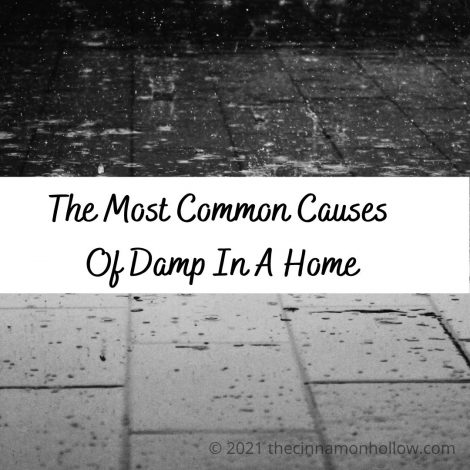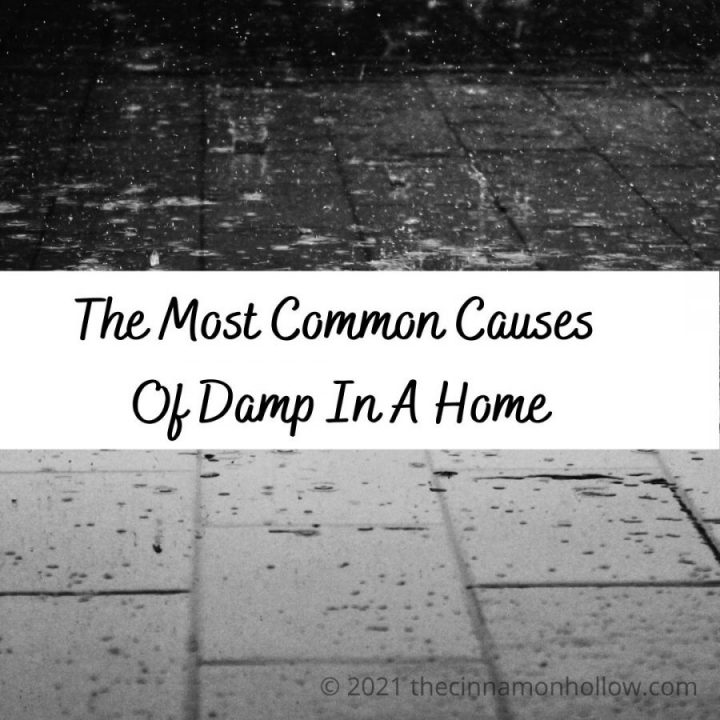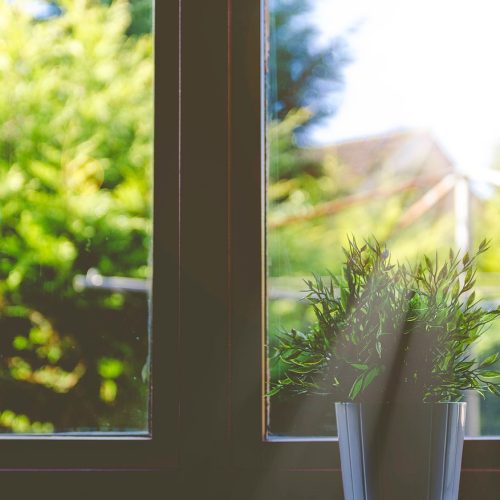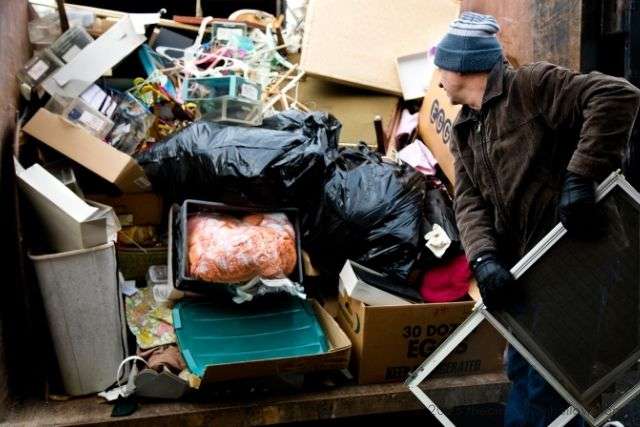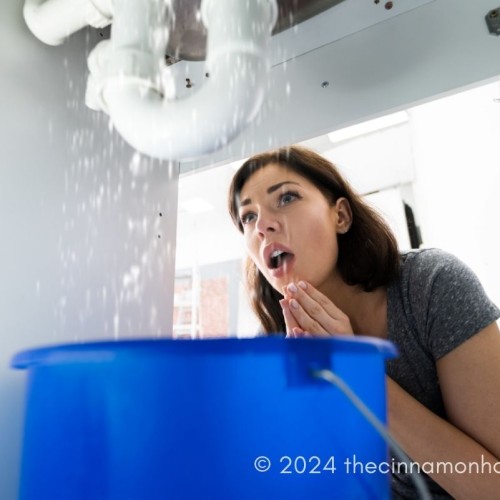At some point or other, the majority of family homes will experience problems with damp which can be caused by a variety of underlying issues. As with most other developing household issues, if you think your home is suffering from damp, you should act quickly to avoid the problems worsening and causing serious damage.
Types of damp
Three main types of damp can affect a home – again in most cases caused by (or linked to) the same recurring issues.
- Condensation
- Rising damp
- Penetrating damp
Thankfully, the majority of damp issues are relatively easy to treat particularly if they are caught and treated early.
Causes of damp developing through condensation
Condensation is most common in bedrooms, bathrooms and kitchens and is caused by warm, moist air coming into contact with colder surfaces (often windows). Problems with condensation most often occur due to:
Excess moisture: Cooking, showering, washing and drying clothes can add up to four pints of extra moisture to a home in just one day – and if this moist air cannot escape, it will build up on the interior.
Poor heating: Heating your home to a consistent temperature will help reduce the chances of condensation problems.
Bad ventilation: Not ventilating your home properly allows moisture to build up internally.
Signs that you might have a problem include water streaming on windows, damps walls, pools of water on window sills and peeling wallpaper. In most cases, condensation issues are relatively easy to treat.
Causes of rising damp
As the name suggests, rising dampness comes from water that naturally exists around a property rising through brickwork and into the walls. It is normally relatively easy to treat with a Damp Proof Course (DPC) to stop water from traveling up into the base of a home.
Common signs that you might have a problem with rising damp include (but are not limited to) tide marks, wallpaper peeling from the wall, flaking or discolored plaster and damp/dark patches on internal walls. It should be treated quickly to avoid further problems developing.
Causes of penetrating damp
Penetrating damp is caused by water entering a property, normally through one of the following routes:
Problems with plumbing: The plumbing in a home routes water through pipes, but if these pipes fail, even the smallest of leaks can cause a major headache.
Building and roofing faults: One of the most common ways water enters a building is through missing or cracked tiles in the roof or sometimes through gaps in walls, poorly-fitted windows, etc. Gaps in walls should be relatively easy to isolate, but roofing problems can be harder to identify. You should ensure you regularly inspect the interior roof space in your property to look for tell-tale signs of internal damage and hire the services of a roofing contractor to check the exterior.
Blocked, damaged or inadequate gutters: If the gutters around your home become blocked, damaged or are too small, water will run down the outside of your home – increasing the risk of developing penetrating damp.
An increase in water levels around your home: Heavy rain, poor drainage or rising ground levels outside a home can also lead to water ingress. Common signs that you could have a developing problem with penetrating damp include fungi and growth on outside walls, damp stains (particularly noticeable on plaster), cracks or holes in masonry and wet patches (especially after rainfall). If you notice any of these signs, you should enlist the help of a professional as quickly as possible.
Find more house and home tips in our archives.
